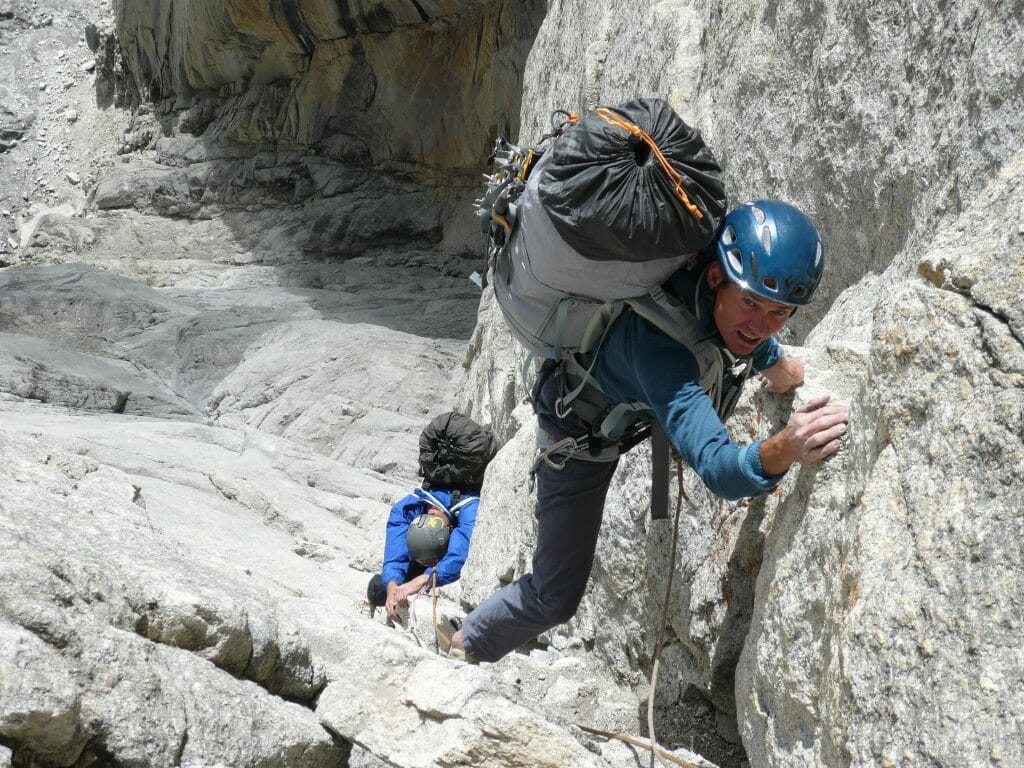Mobility!
Personal experience, not a trainer . . .
Years ago at 45 I got in what felt like the best shape of my life, training for a pack-in archery hunt. Cardio (running and carrying a 50 lb pack walking) and lifting. But I neglected the most important - mobility. Neither cardio or lifting prepared me enough for climbing/high stepping over deadfall, slipping down ravines, sidehilling, climbing up and down rock faces, hopping streams, and slipping on to my butt while keeping my bow unharmed. The second morning (first overnight) I hurt so bad in my core, hips, upper thighs I just wanted to quit! I almost let everybody else go on and was going to stay in and recover. I was the slowest of the four all trip.
The problem is that longer cardio like running and cycling just doesn't involve enough movement. My heart and lungs were in tremendous shape, but my core and hips were weak.
Lesson learned - the next season prep I did less cardio/lifting and way more mobility, balance, and core. Swing kicks, turkish getups, bench vaults, rope climbing, one leg deadlifts, skaters, lunges and side lunges, box jumps, etc. plus a short but good stretching routine that I did in camp as well. Second morning of that hunt on the same route as the prior year, my feet ached but nothing else did. I was up and at 'em before light, and often in front. Even with less cardio prep my heart and lungs were just as capable to get me up a mountain because my body was easier to mobilize. Makes sense, huh?
I hope you are lifting properly by including lots of stretching and mobility. Those walking lunges are great, do more of that stuff and do them sideways and over benches and stuff. You'll be 45 before you know it, then you'll be . . . 46.
I hadn’t thought of that.

